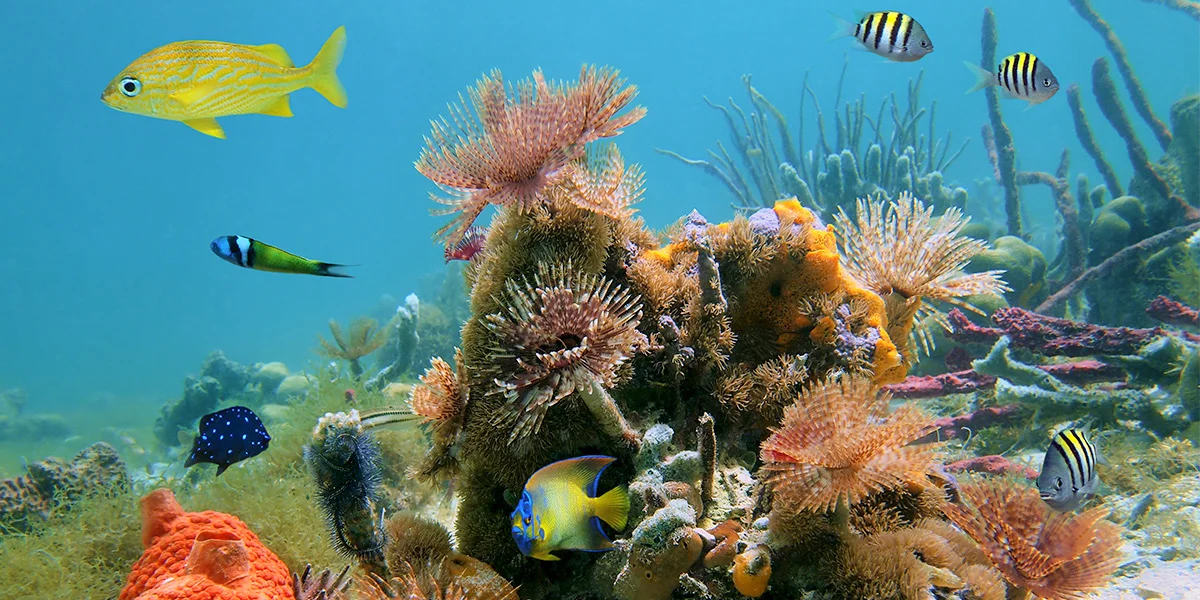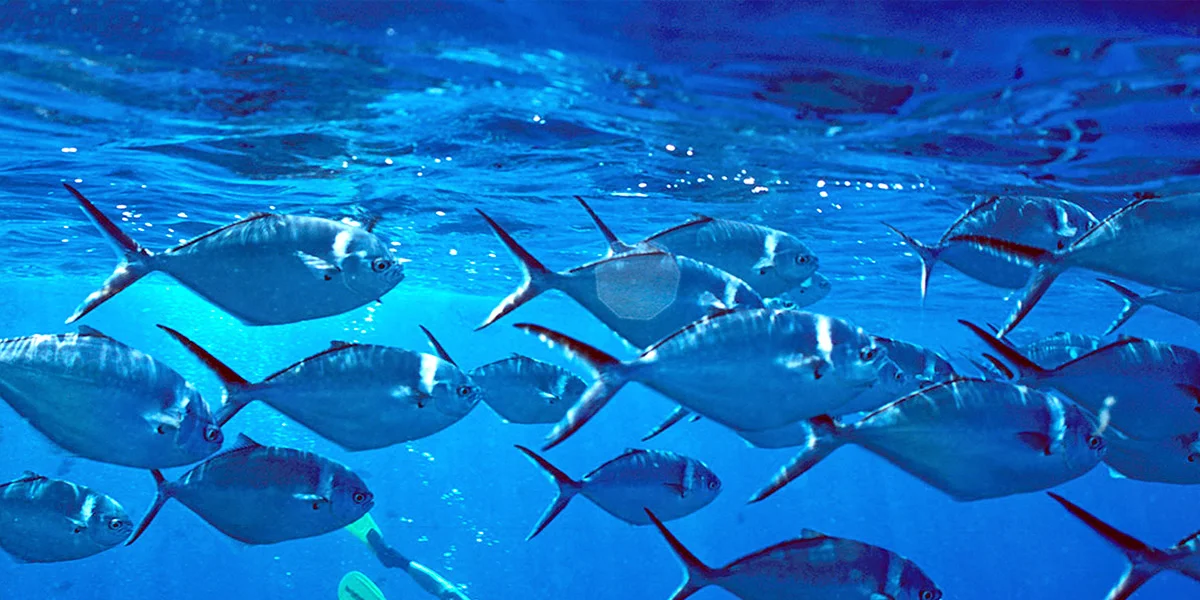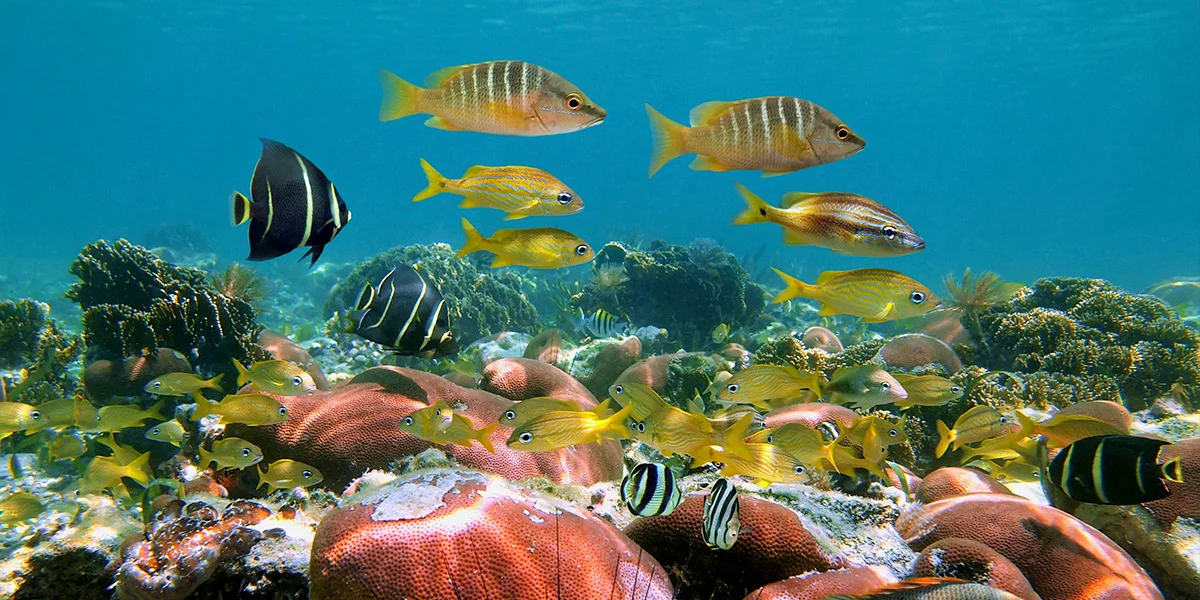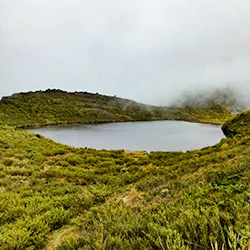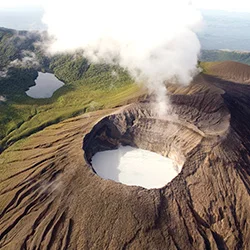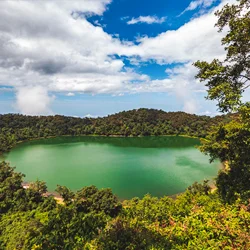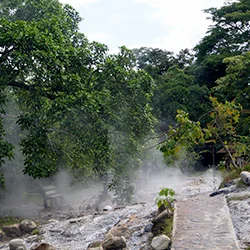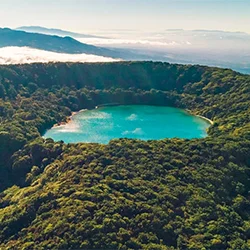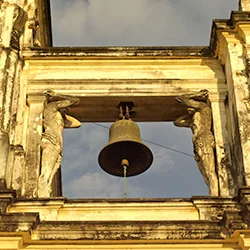The Isla del Coco National Park, located in the Pacific Ocean, was declared in 1997 as a World Heritage Site by UNESCO, due to its unparalleled natural beauty and biological richness. Its limits extend 12 nautical miles around the terrestrial zone of the island, covering an extension of 2,071 km2 of marine area, and 24 km2 of terrestrial area. Since the end of the 16th century, it was a place of refuge, rest and supply of pirates, corsairs and whalers who travelled the Pacific coast of Spanish America.
The island coast has cliffs of up to 183 meters high, and contain many underwater caves. The two main bays are Wafer and Chatham, to the north of the island, with the only two sandy beaches of this park. The turquoise blue sea is of extraordinary transparency, which added to the great amount of rock formations constitute a unique habitat for abundance of fish, sharks (hammer and white fin), dolphins, manta rays, molluscs, and many marine species that make this island one of the most extraordinary places in the world for diving.
In addition, thanks to its climatic regime, the island has evergreen forest areas of great natural beauty. In these forests, around 500 plant species have been identified, of which a large number are endemic species. In terms of fauna, more than 1,400 species with a high degree of endemism have been identified. These include large pelagic species such as hammerhead shark, whale shark, manta rays, yellowfin tuna and marlin. Mammals are also present, among them have been identified five terrestrial species: pigs, cats, white-tailed deer and two species of rats, as well as several marine species such as the bottlenose dolphin and the humpback whale. On the island, you can also see more than 100 species of birds, of which 13 are residents and three are endemic.
The numerous and impressive waterfalls, as well as the legendary stories of pirates and treasure hunters, supposedly hidden there, make this island a place of incalculable ecological and historical value.
The park offers information services for visitors, trails, signage, sanitary services, showers, communications system, drinking water, and several natural viewpoints.
GEOPOSITION
OTROS LUGARES DE INTERÉS QUE TE PUEDEN INTERESAR
Chicabal volcano and lake
Don Alfonso Hot Springs
Town of La Palma
OTRAS FORMAS DE VIVIR CENTROAMÉRICA
TOURS RECOMENDADOS
Community Tour
Visit La Antigua Guatemala, the traditional markets, Lake Atitlán, the Route of the Flowers among other natural and cultural wonders.
Trilogy of the Central Caribbean
Enjoy adventure and nature with this colorful program.
Nature in Costa Rica, and Colonial Cities in Nicaragua
Nature, culture, and history and mysticism are the keys of this tour through Costa Rica and Nicaragua. Will you join us?
Nicaragua, Costa Rica and Panama
An exceptional trip across nature and colonial remains in these three countries
The perfect combination of Central America
Discover Honduras and Guatemala by learning about their culture, people, natural resources, colonial cities, and their Mayan archeology
